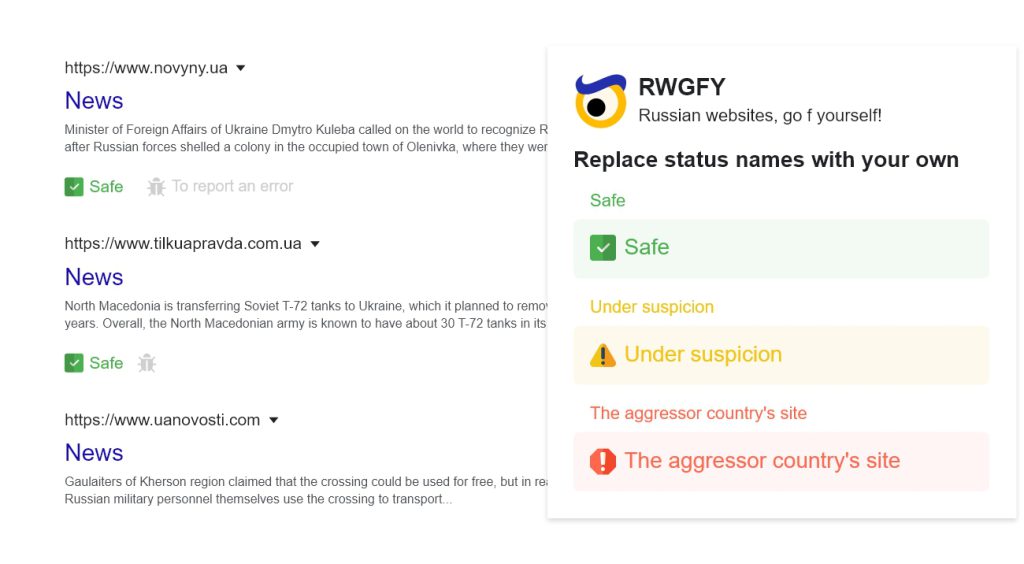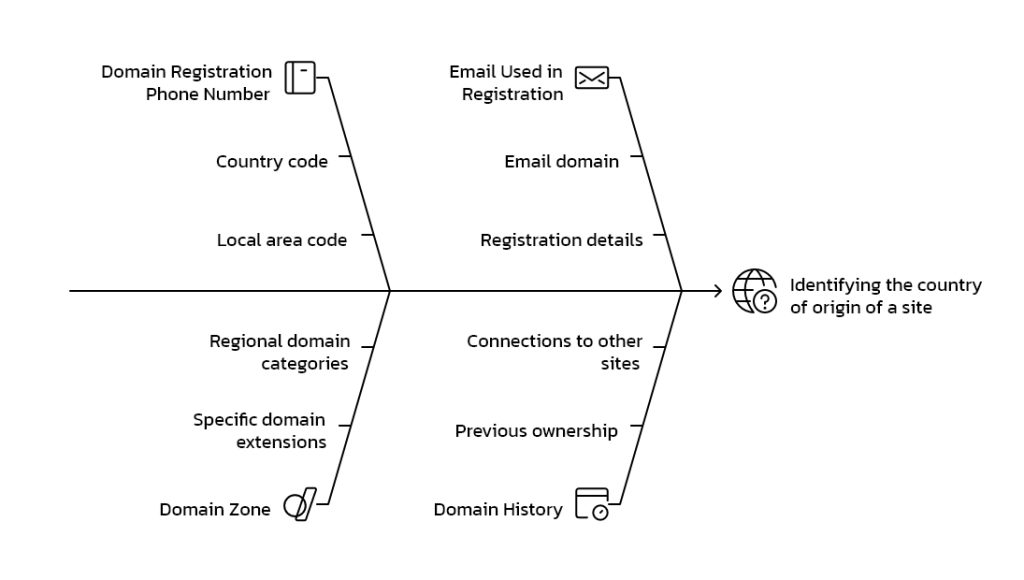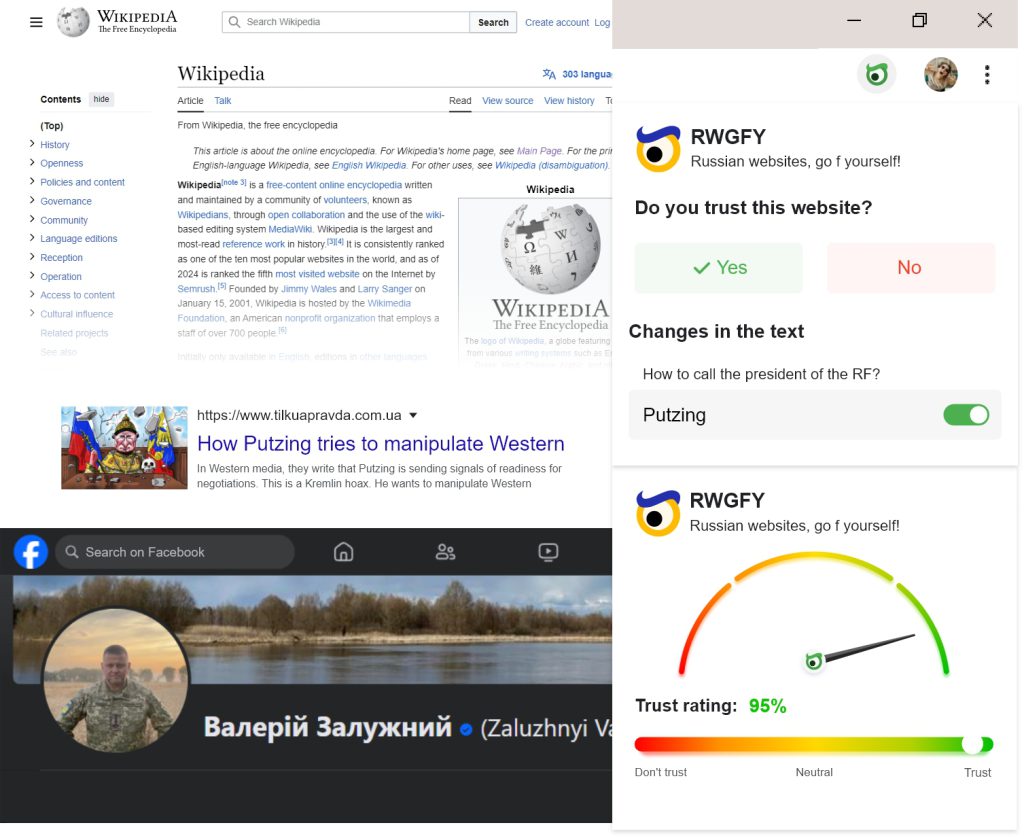On February 24, 2022, millions of Ukrainians’ lives changed forever. Russia invaded Ukraine, and it was a shock for most people. However, after the initial shock faded, it became clear that the war was not only being fought on the ground but also in the information space. Russia was actively using the internet to spread disinformation, collect data, launch cyberattacks, and push propaganda.
The Softum team realized that cyberspace was as much a battlefield as the physical world. There were no tools available to protect users from Russian sites posing a threat, so the team decided to create such a tool themselves. This is how the idea of developing a browser extension was born.
A team of specialists (designers, full-stack developers, testers, and marketers) quickly took up the task. They decided to create an extension for Google Chrome, the most popular browser in Ukraine, which would detect whether a site was Russian. Thus, RWGFY (Russian websites go f*ck yourself) was born.


The extension’s design was meticulously planned to be both highly functional and user-friendly. The plugin’s logo featured a menacing eye, symbolizing oversight of search results. Positioned in the upper-right corner of the browser, it gave the impression that the plugin was always watching which websites the user was accessing. The designer chose Ukraine’s national colors for the logo to emphasize the patriotic nature of the product. A special color-coded system was developed to mark Russian websites in search results.
The indicators had three levels of safety, each signified by a distinct color:
The full-stack developers created a complex algorithm that analyzed multiple parameters to determine a site’s country of origin. The algorithm checked the following:
If any of these parameters pointed to Russian origin, the site was flagged accordingly. If the data wasn’t sufficient, the site was marked as potentially Russian.
Additionally, users had the option to correct plugin results. If they noticed an error or misclassification, they could suggest changes, adding flexibility and improving the plugin’s accuracy based on user feedback.
The first version of RWGFY quickly exploded in popularity on the Ukrainian market. Numerous media outlets covered the project, and users spread the extension like wildfire. The growth was so rapid that the team had to quickly scale up server capacity to handle the demand.

After the overwhelming success of the first version, the team received many requests for additional functionality. This led to several new features in version 2.0:
Following the success of version 2.0, the RWGFY team decided to expand the plugin’s functionality and localize it for the Baltic States. It turned out that Lithuania, Latvia, and Estonia also faced significant pressure from Russian propaganda. The team believes that the tools developed for the Ukrainian market can help other countries in their fight against disinformation.
Today, RWGFY is not just a browser extension—it’s a tool for resisting information threats. In a world where war is waged on all fronts, tools like these help filter out lies and manipulation.

RWGFY’s story is one of how a team of Ukrainian IT specialists found a way to combat information aggression. What started as a small idea turned into a powerful tool that became popular not only in Ukraine but beyond. Their success proves that even small projects can have a massive impact globally, helping defend the truth and fight against propaganda.
If you want to join the fight against disinformation and protect yourself from harmful sites, you can download the RWGFY browser extension here or visit the official website here.